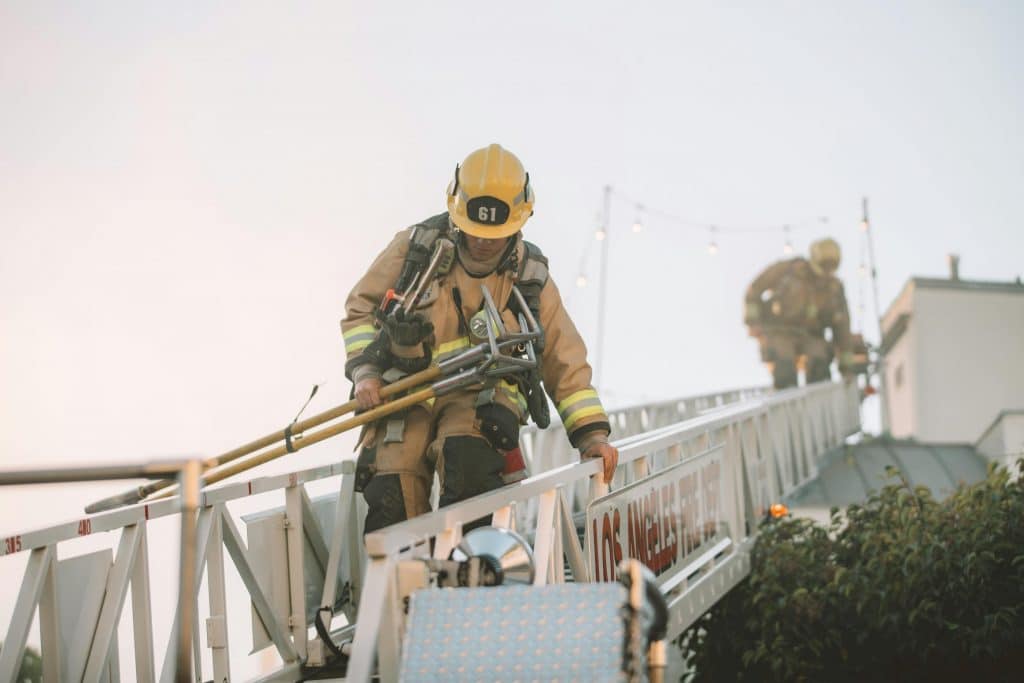Fire safety is not solely about implementing technological solutions or following regulatory guidelines; it also hinges on understanding human behaviour and psychology in the face of fire-related risks. In this blog post, we’ll delve into the intricate relationship between psychology and fire safety, exploring how factors such as risk perception, decision-making, and response to alarms influence fire safety behaviour. By understanding these psychological dynamics, we can develop more effective safety education and training programs to mitigate the risk of fire-related incidents.
Understanding Risk Perception: Risk perception plays a central role in shaping individuals’ attitudes and behaviours towards fire safety. However, human perception of risk is often influenced by subjective factors such as familiarity, controllability, and dread. For example, people may perceive familiar fire hazards, such as cooking with oil or using electrical appliances, as less risky compared to unfamiliar hazards like chemical storage. Similarly, individuals may underestimate the risk of fire if they feel they have control over the situation or if the potential consequences seem distant or abstract.
Decision-Making Under Stress: During a fire emergency, individuals must make rapid decisions under conditions of stress and uncertainty. However, stress can impair cognitive functions such as attention, memory, and decision-making, leading to suboptimal or even dangerous choices. For instance, in the heat of the moment, people may struggle to recall evacuation routes, overlook warning signs, or delay taking action, increasing the risk of injury or death. Understanding how stress influences decision-making is essential for designing fire safety protocols and evacuation procedures that are intuitive and easy to follow during emergencies.
Response to Alarms and Emergency Alerts: The effectiveness of fire alarm systems and emergency alerts depends not only on their technical reliability but also on how people perceive and respond to them. Research has shown that individuals may exhibit varying responses to alarms based on factors such as past experiences, social influence, and perceived credibility of the alarm source. False alarms, alarm fatigue, and complacency can also undermine the perceived urgency of alarms, leading to delayed or inadequate responses during actual emergencies.
Implications for Safety Education and Training: Given the complex interplay between psychology and fire safety behaviour, safety education and training programs must go beyond mere dissemination of information and focus on fostering a culture of safety-consciousness and preparedness. Some key strategies include:
- Enhancing Risk Awareness: Educating individuals about common fire hazards, their potential consequences, and effective risk mitigation strategies can help improve risk perception and encourage proactive safety behaviours.
- Stress Inoculation Training: Providing realistic training scenarios that simulate fire emergencies can help individuals develop coping strategies and decision-making skills under stress. This type of training can enhance confidence, reduce panic, and improve response effectiveness during real emergencies.
- Reinforcing Alarm Response Protocols: Training individuals to recognize and respond promptly to fire alarms and emergency alerts through regular drills and simulations can help mitigate the impact of alarm fatigue and ensure swift evacuation and response actions.
- Promoting Social Norms and Peer Influence: Leveraging social norms and peer influence can be a powerful tool for shaping fire safety behaviours. Encouraging positive safety norms within communities, workplaces, and households can foster collective responsibility and support adherence to safety protocols.
The human element of fire safety is a multifaceted aspect that encompasses risk perception, decision-making under stress, and response to alarms. By integrating insights from psychology into safety education and training programs, we can empower individuals to make informed decisions, respond effectively to emergencies, and ultimately reduce the risk of fire-related incidents. Recognizing the role of psychology in fire safety is essential for creating safer environments and protecting lives and property from the devastating consequences of fire.


